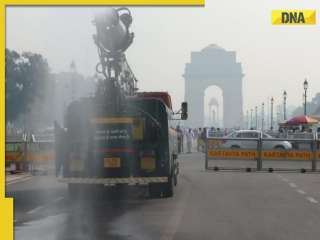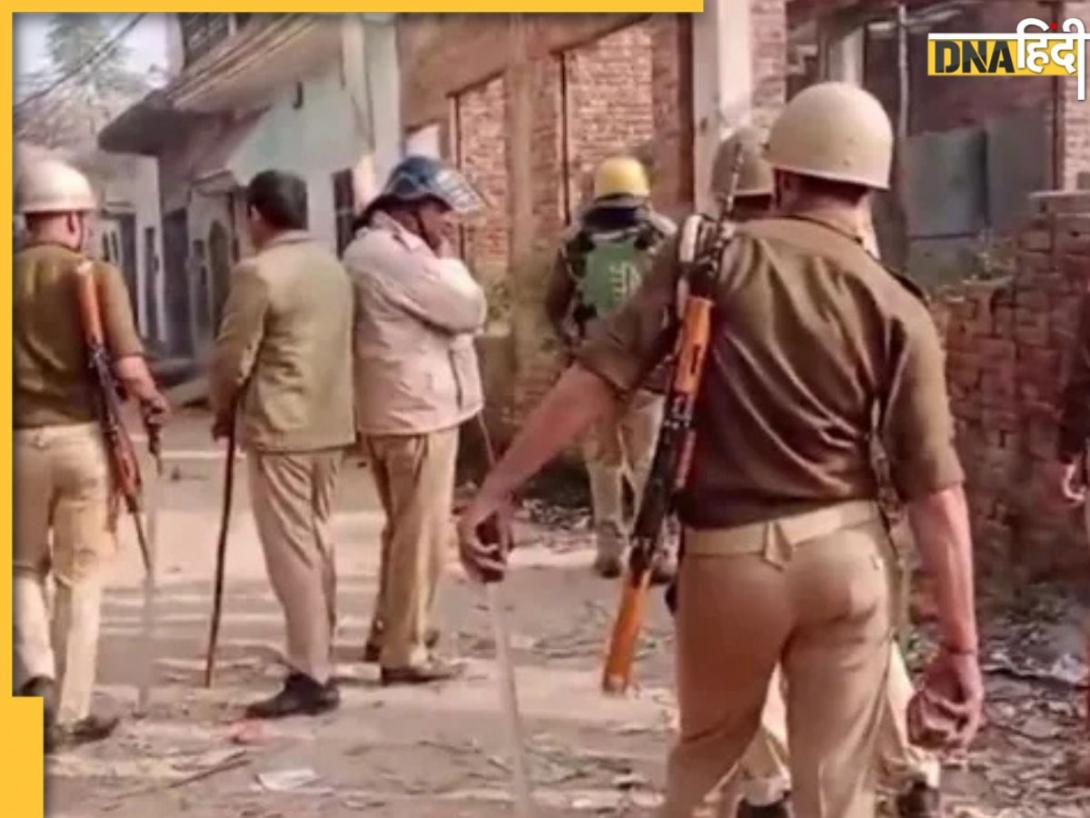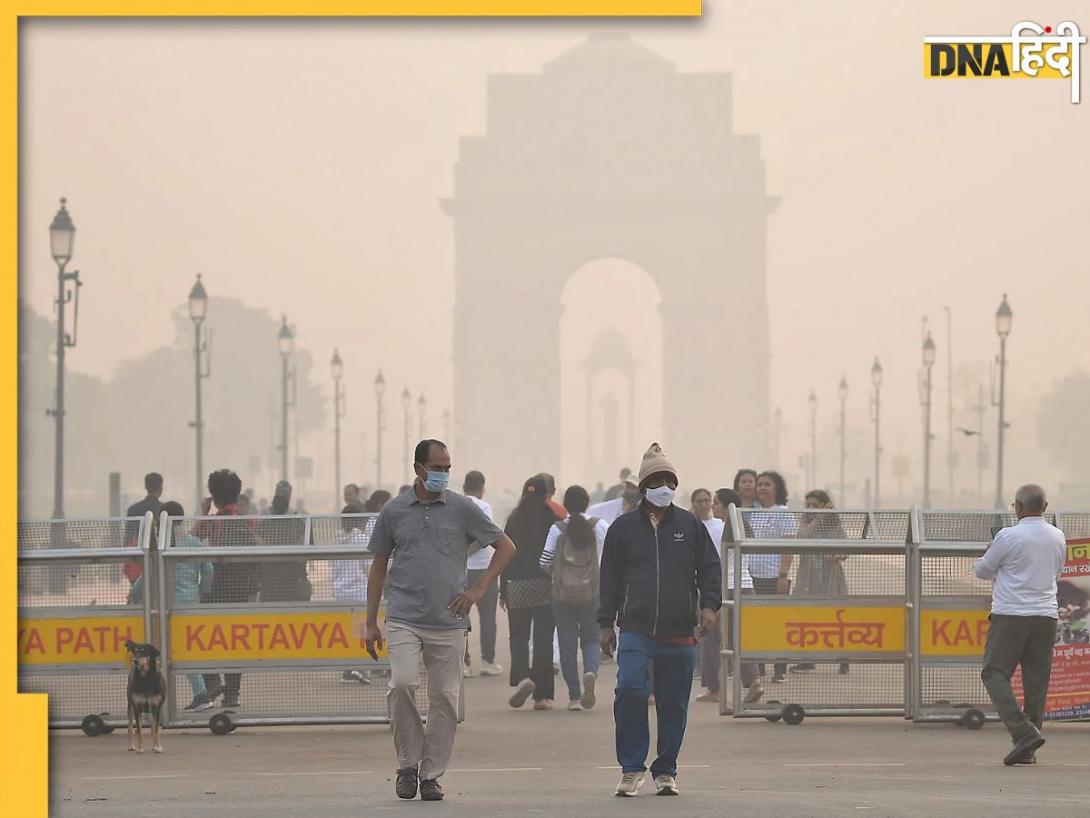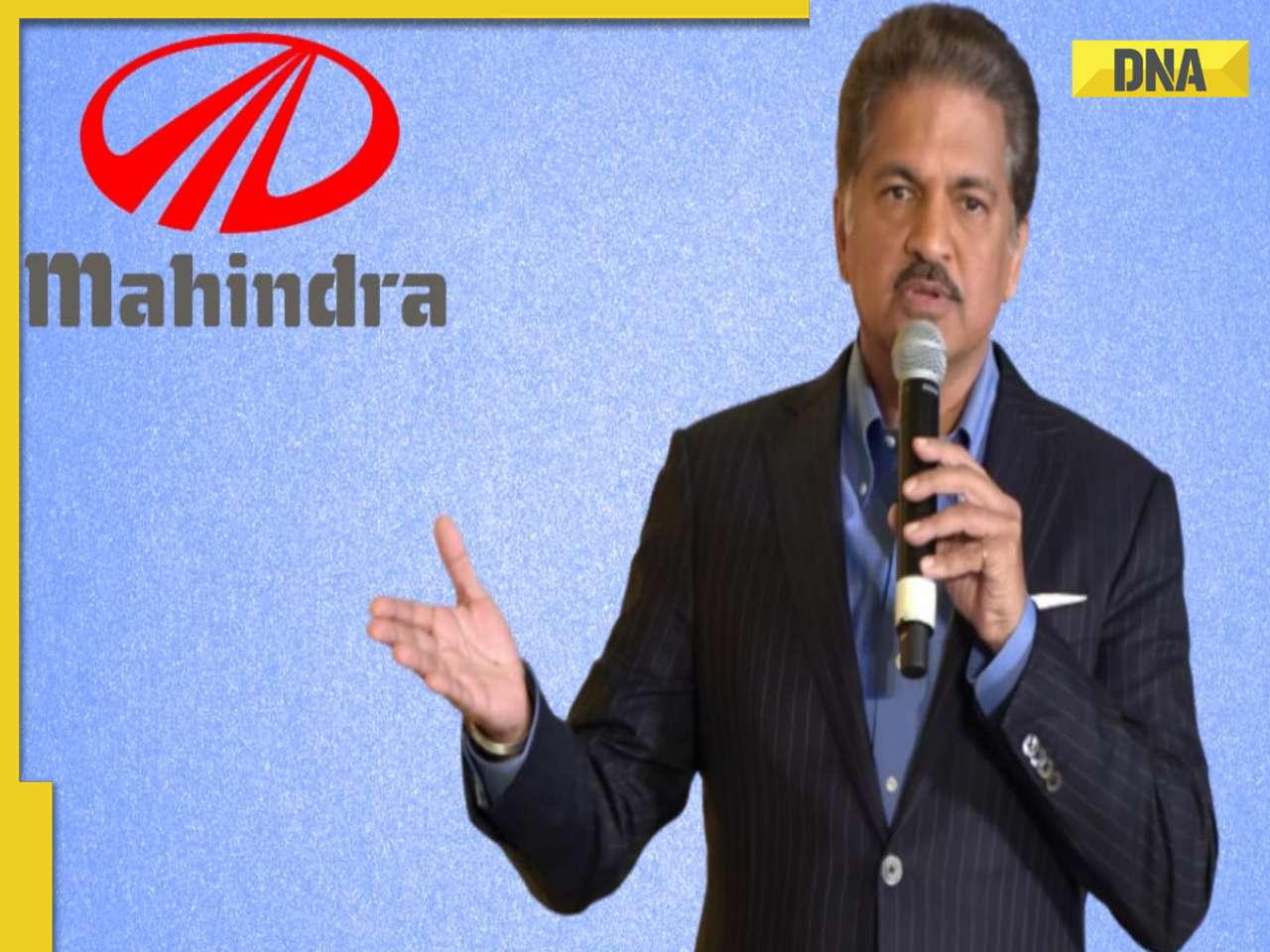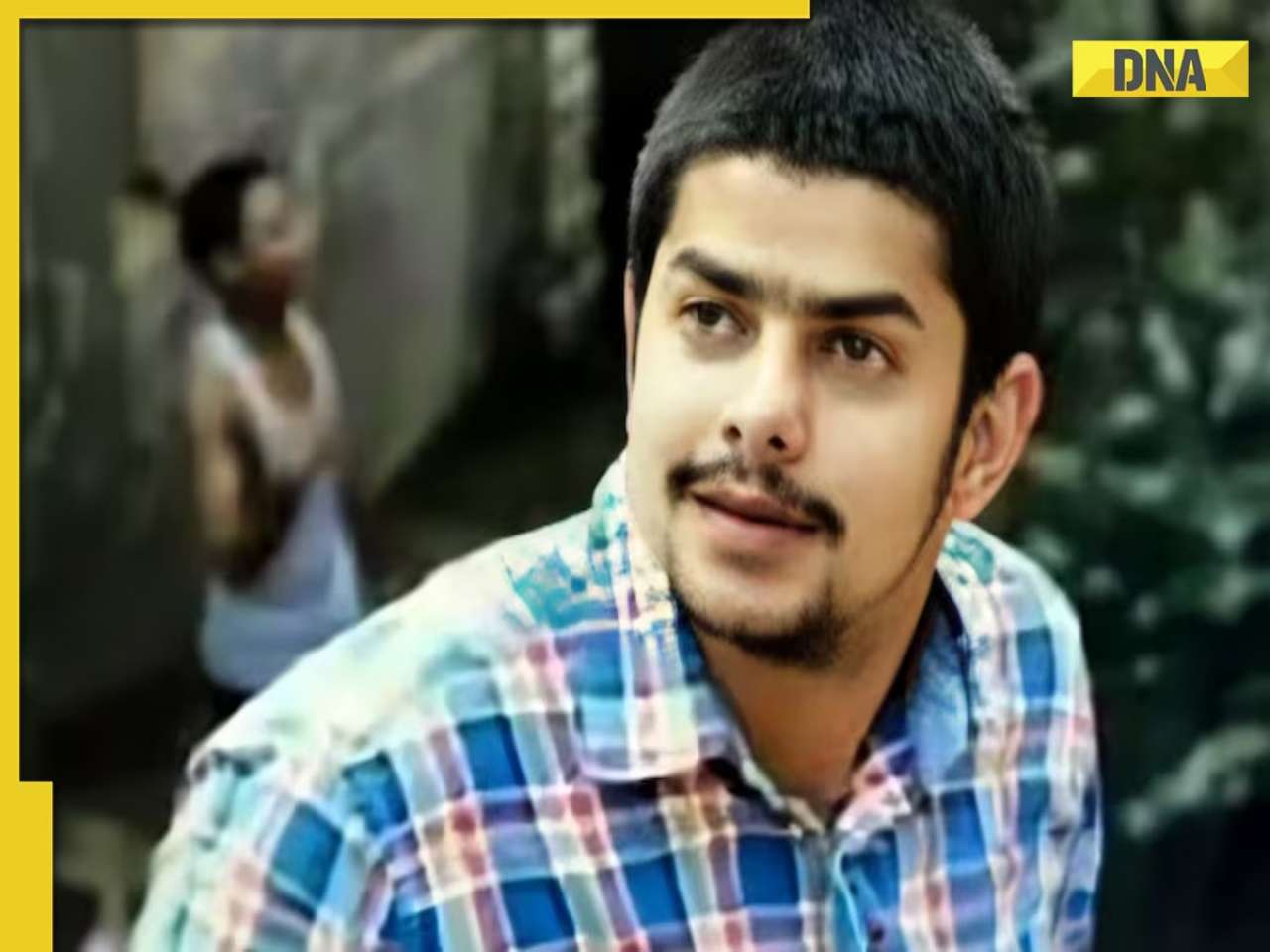- LATEST
- WEBSTORY
- TRENDING
WORLD
Tsunami early warning must start at community level
The Indian Ocean has its own early warning system but experts say the new technology will not save lives unless local communities are more involved in planning how to respond.
TRENDING NOW
Five years on from the Indian Ocean tsunami, the region has its own early warning system but experts say the new technology will not save lives unless local communities are more involved in planning how to respond.
The 2,30,000 people killed in Africa and Asia by the 2004 tsunami received no formal warning of the approaching waves.
Since then, millions of dollars have gone into building a vast network of seismic and tsunami information centres, setting up sea and coastal instruments and erecting warning towers.
But studies show that the closer the warning gets to those it is designed to help, the more it fades out, and much more needs to be done to connect the technology to the people.
"The weakest link remains at the interface between the early warning system and the public, and in ensuring there's enough preparedness at the local level to react appropriately," said Bhupinder Tomar, senior officer for disaster preparedness at the International Federation for the Red Cross (IFRC) in Geneva.
In terms of technology, the region has made great strides since December 26, 2004, and is much better prepared, experts say.
Warning centres in Japan and Hawaii receive seismological and tidal data and send out alerts to national agencies in Indian Ocean countries. These agencies then warn the population, via SMS, radio, television, watch towers and loud speakers.
By 2010, regional centres in Australia, India, Indonesia, Malaysia and Thailand are set to take over primary responsibility from Hawaii and Japan for issuing the warnings.
Many relief workers, however, believe the system's design is too top-down and that local communities should be the starting point, not the end point, in any early warning network.
Local people should be the 'first mile' in early warning, rather than the 'last mile' as they are often called, the workers say.
"You need to start with the people and move outwards," said Ilan Kelman, a senior research fellow at CICERO, the Centre for International Climate and Environmental Research in Oslo.
In a June 2009 report, the Global Network of Civil Society Organisations for Disaster Reduction found community participation in the decision-making process was insufficient.
It said the emphasis must shift from international and national policy-making to policy execution on the ground.
Similarly, Oxfam found in a recent report, "Collaboration in Crises", that disaster-affected communities wanted the chance to play a more decisive role in programmes designed to help them.
Evacuation routes and drills need to be integrated into communities' day-to-day activities, experts say.
"In a heavily vegetated area, people need paths to get from the coast to inland ... and there's no reason why those paths should be different from an evacuation route," said Kelman.
"Having a development project to create more paths and maintain them is actually useful for the communities every day, as well as every decade when there's a tsunami warning."
Other community-based measures that need to be developed further include the teaching in some schools of "Shake, Drop, Run" — when the earth shakes, drop everything and run.
Teachers and children must be taught what most fishermen know, that when the sea recedes you should run, said Kelman.
Thailand has put tsunami education on its national curriculum and more countries should do this, the experts say.
Communities must also design their own warning messages.
"We don't want to see panic, we don't want to see people taking the wrong action. So getting the words right, getting the message right and getting it delivered are key components," said Al Panico, head of the tsunami unit at the IFRC.
In order to maintain the tsunami early warning system, at the community, national and international level, it is vital to extend it to other hazards like cyclones and storm surges.
"Any warning system you don't notice is a dormant system, and treasuries don't like anything that they cannot justify," said Peter Koltermann, head of the Tsunami Coordination Unit for the United Nations' Intergovernmental Oceanographic Commission (IOC), which began coordinating the Indian Ocean system in 2005.
The best approach to saving lives, however, is better urban and coastal planning to move people away from high risk areas. But experts agree this is the hardest thing to accomplish when communities and livelihoods are established.
"That is by far the best approach," said Panico. But "it's the individual who decides where to live."








)
)
)
)
)
)
)
)
)
)
)
)
)
)
)











